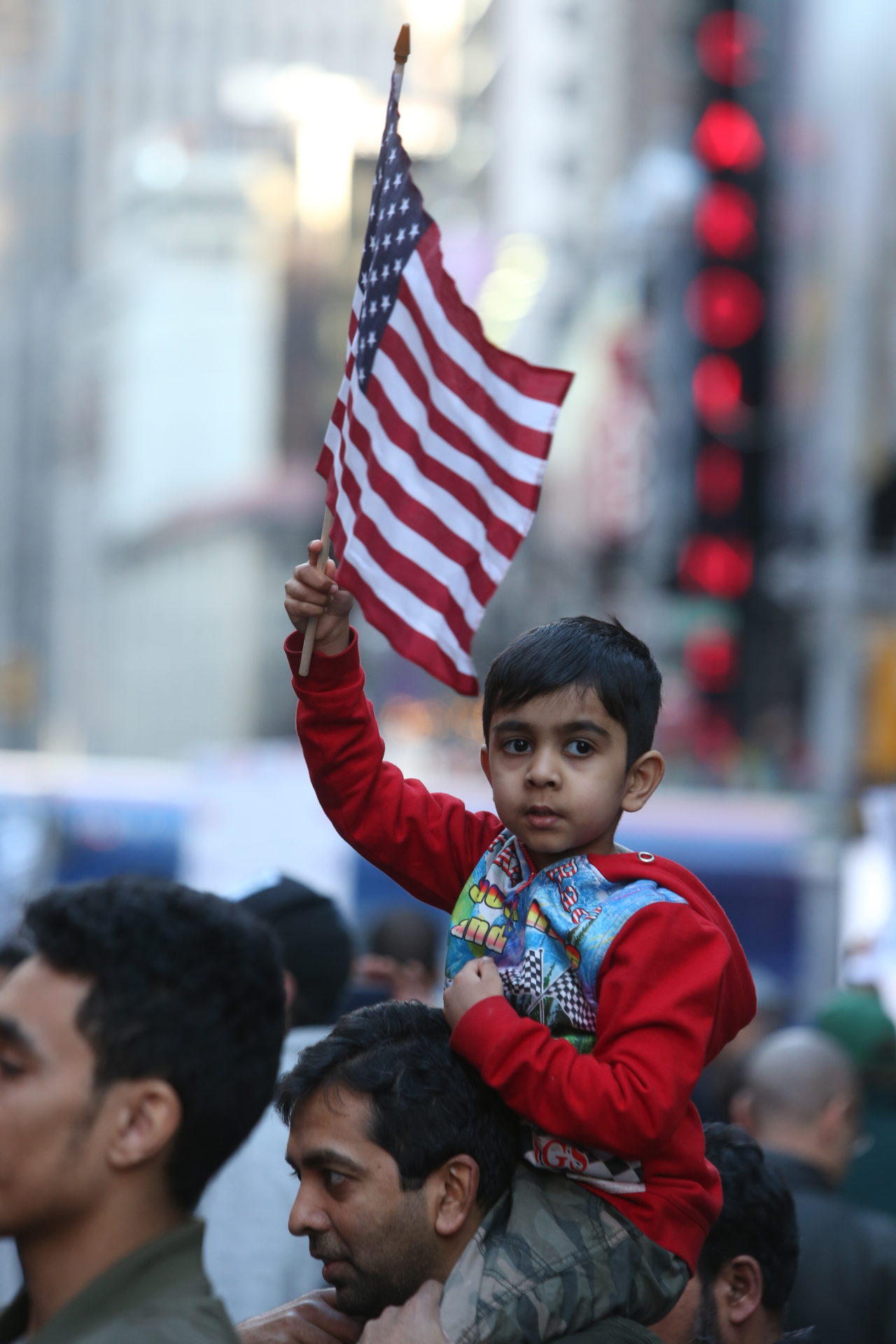With the seventh cease fire between Hamas and Israeli forces showing signs of holding, and peace talks in Egypt on the horizon, an end to the carnage may have come, but not soon enough to break the cycle of violence that generations of Palestinians have lived through.
Dr. Imam Imad Enchassi, President, Imam, and Founder of the Islamic Society of Greater Oklahoma City, shares in what has become a quintessential, although regrettable commonality among many Palestinians: refugee status and survival despite institutionally supported attempts on their life.
“I am a third generation refugee,” said Enchassi.
Enchassi’s family had been exiled from their home in Palestine, and had secured a place of residence in Beirut, Lebanon. They called the refugee camps of Shatila and Sabra home until violence again erupted into their lives.
On September 16, 1982 during the Israeli invasion of Lebanon, a Christian militia group known as the Phalangist militia entered the Shatila and Sabra camps, and set about massacring their residents.
The militia responsible had opposed the Palestinian Liberation Organization in Lebanon’s civil war that waged from 1975-1990, and at that time were allowed by Israel to enter the refugee camps in an effort to flush out any remaining PLO fighters.
Enchassi survived, and was able to achieve what far too few in similar situations have been able to achieve: security, education, a future.
“Making it to the U.S. was a dream,” Enchassi told Red Dirt Report, noting that he was 17 years old when he arrived and made it his home.
Although deeply impacted by the American culture, Enchassi retains many positive impressions from his life in Lebanon, despite hardships.
“I have a deep, deep appreciation for my upbringing,” said Enchassi.
Enchassi explained that after the massacre at Shatila and Sabra, he applied for a student visa. Since then he has been geographically removed from his people’s troubled past, but remains close to the conflict on a personal level.
It has been 25 years since the massacres took place at the Shatila and Sabra camps, killing between an estimated 700 and 3,500 people.
And in 2014, Palestinians are forced to take stock of their cultural and personal losses.
“We have quite a bit of Enchassi (family) in Gaza”, said Enchassi. “Two of them passed away in the last conflict.”
Rates of poverty in the region are the first barrier many would-be immigrants of Palestinian origin must surmount, but with the death toll in the conflict now reaching 1,834 as of August 5, surviving the violence is once again the primary goal of the population.
Israeli deaths remain under the triple digits at 67 fatalities suffered thus far.
Data collected in 2011 by the State of Palestine’s Palestinian Central Bureau of Statistics has indicated annual poverty rates of 17% in the West Bank, and 38% in the Gaza Strip.
Palestinian territories surveyed during the same period indicated a poverty rate of 25 percent.
Although now three years removed from the date of the data collected, the lack of agency the Palestinian people have in regards to the economic state of their lands remains a barrier to affluence, and lack of affluence a barrier to education and escape.
According to the World Bank’s 2014 data for the West Bank and Gaza, the gross national income for some 4,046,901 inhabitants of the region reaches just $1,679 when translated into U.S. dollars.
The fact that the recent conflict has taken place during Ramadan is not without impact or significance.
“It’s a month of reflection,” said Enchassi, emphasizing the nature of the time for Muslims around the world.
The name of this annual observance, itself one of the Five Pillars of Islam, is derived from the Arabic word “ramida” meaning “to be burnt, or scorched.”
“The third Friday of Ramadan is usually geared towards charitable causes,” said Enchassi, citing ISGOC’s recent efforts to provide support of the Palestinian community from afar.
Noting this, Enchassi said: “We raised more than $150,000 for Islamic Relief USA.”
As far as the conflict goes, the local Imam and third generation Plaestinian refugee feels strongly for his people, referring to the state of Israeli-Palestinian affairs as “a wound that has been gushing since 1948”.
The date marks the year during which the first Arab-Israeli War took place, the names of the conflict in both Hebrew and Arabic shedding light on the uniquely divergent perceptions of the parties involved.
Considered the second phase of the Palestinian War of 1948, the Arab-Israeli War is referred to as “al-Nakba” or “the Catastrophe” in Arabic, and “Milkhemet Hashikhrur” or “War of Liberation” in Hebrew.
“What’s happening in Palestine now is ethnic cleansing,” said Enchassi, himself just recently returned from working with aid organizations abroad.
“Your whole family is wiped out,” said Enchassi, painting a vivid picture of devastation common in the region.
“We are creating more terrorists,” said Enchassi, echoing the misgivings many have about America and Israel’s current tactical decisions concerning foreign policy in the Middle East.
“I see myself in the eyes of those kids,” said Enchassi, “Their wounds are deep.”

